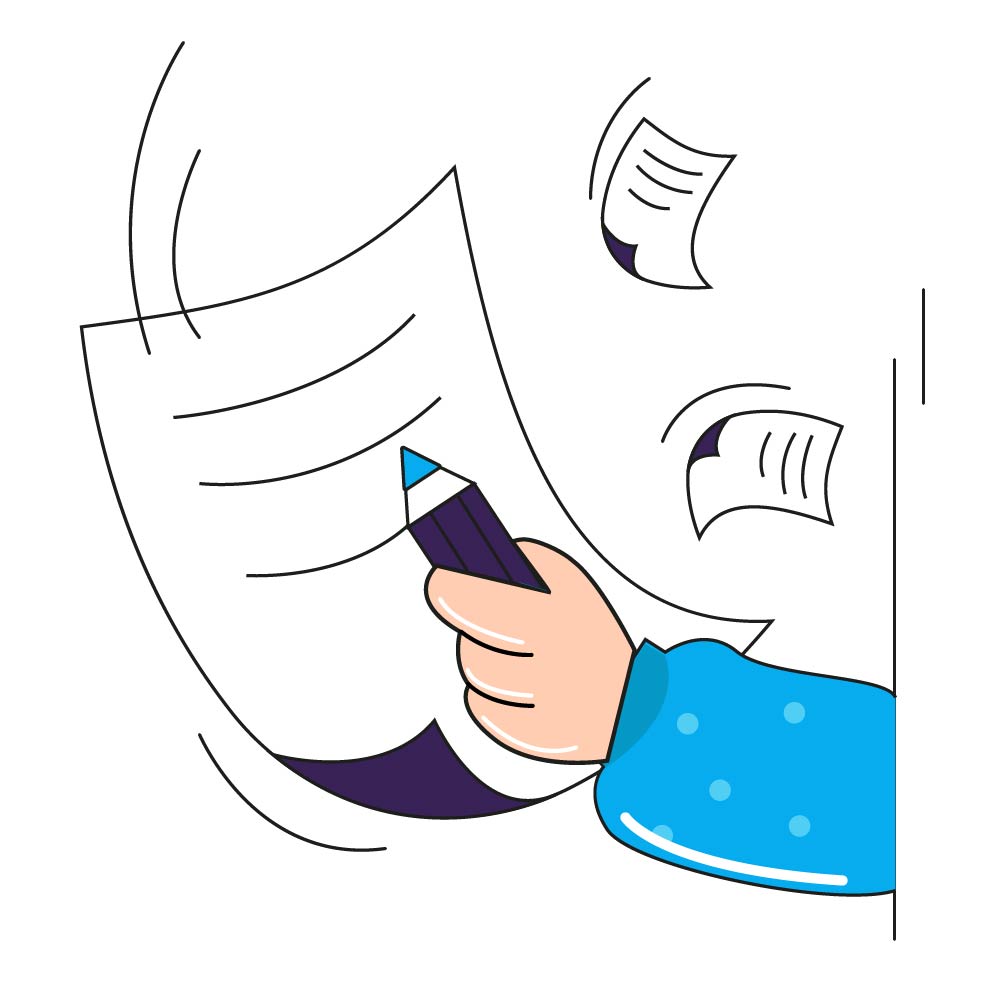Email Blast Marketing: Definition, Purpose, and Effective Use

In today's fast-paced digital world, getting your message out to the masses can feel like a challenge. That's where email blast marketing comes in. But what exactly is an email blast, and how can it benefit your business? Let's break down the essentials, from the definition to best practices, so you can harness this tool effectively in your marketing strategy.
What is an Email Blast?
An email blast, also known as an e-blast, is a single email sent to a large group of recipients at once. It's like sending a quick announcement, a sale alert, or a company update to your entire mailing list in one go. The idea behind email blasting is to share important information with a broad audience all at once. But while blasting emails sounds easy, crafting a message that engages, rather than overwhelms, your audience takes some thought.
Why Email Blasting Matters in Marketing
Why all the hype around email blasts? Simply put, it's one of the fastest ways to connect with a lot of people. Whether it's a promotional blast announcing a new product or an update on company news, email blasting marketing can keep your audience informed and engaged with minimal effort. For brands aiming to grow, e blast communications build awareness and prompt action — whether that's a click-through to your website, a purchase, or a signup.
Types of Email Blasts
Email blasts aren't all the same; they come in different forms depending on your goals. Here are some common types:
- Promotional Blasts: Send these when you want to advertise a sale, a new product, or a time-limited offer. They're meant to grab attention and drive purchases.
- Informational Blasts: Great for newsletters or general updates. These keep your audience in the loop without the hard sell.
- Transactional Blasts: Used to send receipts, confirmations, or updates on recent orders. These are critical for customer service.
- Awareness Campaigns: Focused on educating your audience about a topic or spreading awareness about an initiative.
How to Create an Email Blast
Ready to send your first blast email? Here's how to make sure it's effective:
- Define Your Goal: Are you trying to drive sales, increase traffic, or just stay connected? Knowing your objective helps you shape the content.
- Write Compelling Content: The subject line should catch attention, and the message should be concise and clear. Think about what will resonate with your readers.
- Use a Reliable Email Blaster Tool: Platforms like Mailchimp or Constant Contact help you manage and track your emails efficiently.
- Test Before Sending: Make sure the email looks good on both mobile and desktop and is free of errors.
Best Practices for Email Blasts
Not all email blasts hit the mark. Here's how to ensure yours stand out for the right reasons:
- Segment Your List: Instead of sending the same message to everyone, tailor it to different groups within your list for higher engagement.
- Make it Mobile-Friendly: Many people read emails on their phones, so make sure your email is easy to read on a small screen.
- Don't Overdo It: Bombarding people with too many emails can lead to unsubscribes. Space them out to avoid overload.
- Include a Clear Call to Action: Tell recipients what to do next, like visiting your website, checking out a product, or signing up for an event.
Pros and Cons of Email Blasting
Before diving into email blasting, it's important to weigh the benefits and drawbacks:
Pros:
- Quickly reaches a wide audience
- Cost-effective compared to other types of advertising
- Offers measurable insights through metrics like open and click rates
Cons:
- Can lead to spam complaints if overused or misused
- Less personalized, which can reduce engagement
- Risk of being ignored if recipients find it irrelevant
Popular Email Blasting Tools
Using a reliable email blaster platform is essential for a smooth campaign. Here are a few well-regarded options:
- Mailchimp: Great for beginners and small businesses with its intuitive interface and templates.
- Constant Contact: Known for strong tracking and automation features, ideal for larger lists.
- SendGrid: Reliable and scalable, making it popular for both small and large businesses.
- AWeber: Simple yet effective, with built-in analytics and tracking.
Legal and Ethical Considerations
Respecting privacy and following regulations is critical in email marketing. Here's what to keep in mind:
- Compliance: Make sure you're following GDPR and CAN-SPAM laws, which protect recipients' rights.
- Transparency: Be honest in your subject lines to set clear expectations and avoid misleading tactics.
- Respect Privacy: Only send emails to people who have opted in, and always offer an easy way to unsubscribe.
Email blasting can be an incredibly effective way to reach your audience, but using it thoughtfully is key. By crafting relevant messages and respecting recipients' preferences, your email blasts can become a valuable part of your marketing toolkit.